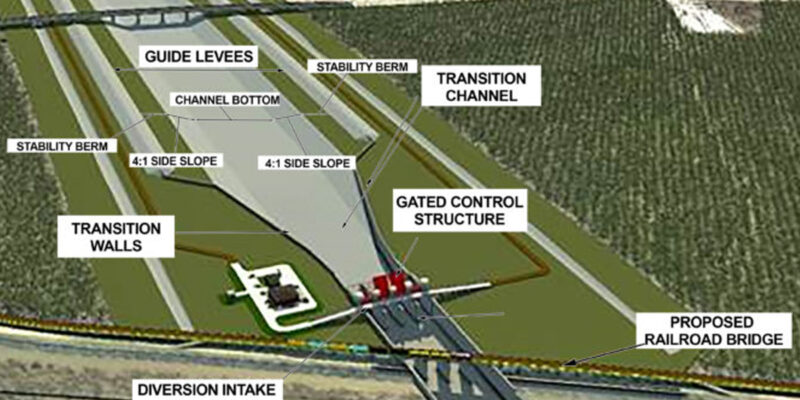Editor’s Note: a guest post by Louisiana Lt. Governor Billy Nungesser.
When the Mid-Barataria Sediment Diversion was first proposed, it was presented as a silver bullet to save coastal Louisiana. At that time, the project was projected to cost $250 million. Today, the price tag has ballooned to more than $3 billion—and that doesn’t even begin to account for the long-term environmental and economic costs this project could impose on our communities.
We now know more than we did when this diversion was conceived. A study by the Saint Andrew Institute, commissioned by the Marine Mammal Commission, shows devastating consequences for our dolphin population—likely pushing them to extinction in Barataria Bay. How can we call this “restoration” when we’re destroying an entire species in the process?
Let’s be clear: this project proposes to dump polluted river water into a delicate estuary system that simply cannot handle it. We already saw the largest Gulf of Mexico dead zone in recorded history last year—over 7,000 square miles of lifeless water. That dead zone is directly tied to river-borne nutrients. Now, we want to divert that same water into the Barataria Basin, a basin with tidal movement of less than two feet daily, compared to the Gulf’s 10 to 15 feet. The result? A chokehold on the estuary that will kill oysters, shrimp, and every creature that depends on balanced salinity levels.
What’s most frustrating is that after spending so much money and so many years promoting this plan, they still can’t point to any short-term benefit. The diversion would take decades—if not generations—to build land, and even then, the land created will lie below sea level. It won’t stop storm surge. It won’t reduce insurance rates. It won’t protect our homes.
Meanwhile, there are proven, practical solutions ready to go: building barrier islands, ridges, and berms that offer real, measurable protection today. These projects reduce storm surge, protect wildlife, and preserve our coastal culture. They offer hope—right now—for a future where families can live, work, and thrive along the Louisiana coast.
I applaud Governor Jeff Landry and CPRA Chairman Gordy Dove for reevaluating this deeply flawed project and putting Louisiana’s people before politics. It takes courage to admit when the wrong path has been taken and to chart a new course. Their decision to pause and reassess the diversion in light of the facts—not just the fanfare—is a turning point.
For too long, outside organizations and special interests have shaped our coastal policy, funneling money into programs that sounded good in theory but have failed to deliver in practice. It’s time to leave behind the illusion that this diversion is our only hope. It’s not.
The real hope lies in doing what we know works—projects that protect lives, lower insurance costs, and strengthen Louisiana’s coast for future generations.
Let’s get to work on saving the coast—not with ideas that look good on paper, but with actions that make a real difference in the lives of the people who call this place home.
Advertisement
Advertisement

